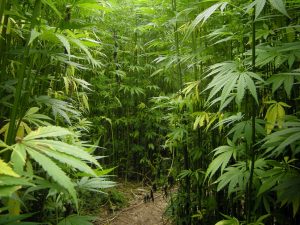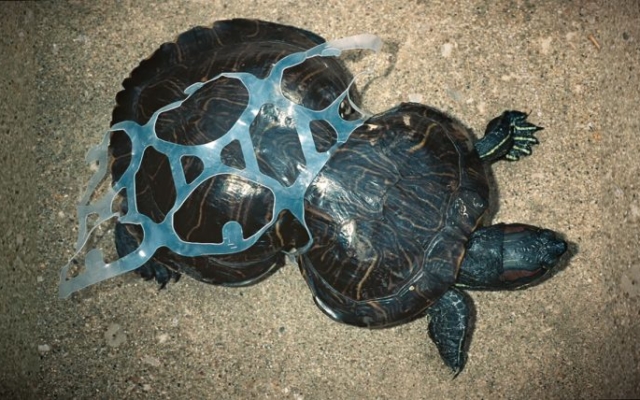What are the major barriers to the wider use of hemp-based plastics?
Plastics are an essential part of our everyday lives but their future is compromised by two factors: the continuing availability and use of carbon-based, raw materials comprising non-renewable gaseous or liquid petrochemicals and secondly the disposal of plastics at the end of their useful life.
Not only are the harmful effects of global warming increasingly clear, but alternative biodegradable materials are needed as waste plastics pollute both water and land.
To make matters worse conventional plastics appear to linger in the environment and can even enter the food chain with a resultant detrimental effect on both human and animal health.

The oceans are in a poor state of health, thanks to the presence of so-called “microplastics”, [tiny fragments of plastic waste] that pollute the waters and are often consumed by marine life.
The infamous “Great Pacific Garbage Patch” is actually composed of millions of these tiny particles.
As much as 1.9 million items per square mile, according to a report by National Geographic.
In one of the most widely quoted articles, the details of which are especially shocking, research scientists from the University of Tasmania in Australia and the UK’s Royal Society for the Protection of Birds found 38 million pieces of plastic waste on Henderson Island, an uninhabited coral island in the South Pacific. Jennifer Lavers, a marine scientist at the University of Tasmania, commented:
“I’ve travelled to some of the most far-flung islands in the world and regardless of where I’ve gone, in what year, and in what area of the ocean, the story is generally the same: the beaches are littered with plastic waste, clear evidence of human activity.”
To underline still further this point, a recent Ellen MacArthur Foundation study forecast that plastic waste particles could outnumber fish in the ocean by 2050. Can we really afford to let this happen?

What are the alternatives to petrochemicals as a resource for plastics production?
You may be aware that agricultural hemp, an organic plant which is the “non-mind-altering” cousin of cannabis (commonly known as marijuana), has dozens of potential uses ranging from clothing via building materials to paper. Some of the earliest plastics in commercial use such as cellophane, rayon, and celluloid were made from cellulose fibres obtained from hemp which contains around 65-70% cellulose.
This can be compared with wood, which contains around 40% cellulose, flax 65-75% cellulose, and cotton with up to 90% cellulose. The particular promise of hemp was based on its relative sustainability and low environmental impact.

As early as 1941 Henry Ford had made a motor car with hemp fibre reinforced body panels with an engine running on plant-based liquid fuels.
Unfortunately, this was not a commercial success in part as a result of the Second World War. Since virtually all climate scientists agree that we must replace or at least significantly reduce our dependence on fossil fuels, and given that hemp can even make the soil cleaner, it is somewhat surprising that this miracle crop is not in wider use. Are there any basic reasons for this?
Though hemp requires fewer pesticides and has a smaller environmental footprint than many other crops, growing and harvesting it remains labour intensive but this does give the manufacturers of mechanised equipment the attractive possibility of designing and producing more efficient alternatives to manual methods.
Another drawback is that hemp, requires significant fertiliser in some soils, and also has relatively high water requirements.
While a 100% hemp-based plastic is still a rarity, some “composite bioplastics”, which are made from a combination of hemp and other fibrous plant sources, are already in use.

Thanks to their high specific strength [when measured as a function of density] and stiffness, these plastics are currently used as structural components in cars, boats, and even musical instruments.
One of the most significant examples of hemp’s future as a potential raw material for making plastics could come from LEGO, the ubiquitous building block toy company based in Denmark, which is promising to phase out the use of fossil-fuel based resins by 2030.
Could hemp be the cost effective, environmentally sustainable alternative material?
The most significant barrier to wider use of hemp however is essentially a social issue and results from the so-called US “war on drugs”, which historically has resulted in many restrictions being placed on legally growing hemp and cannabis.
Putting an end to this “war” would have a profound effect on the use of hemp as production would be legalised and distribution widespread. Improved mechanised facilities would reduce the labour element in costs and further.
